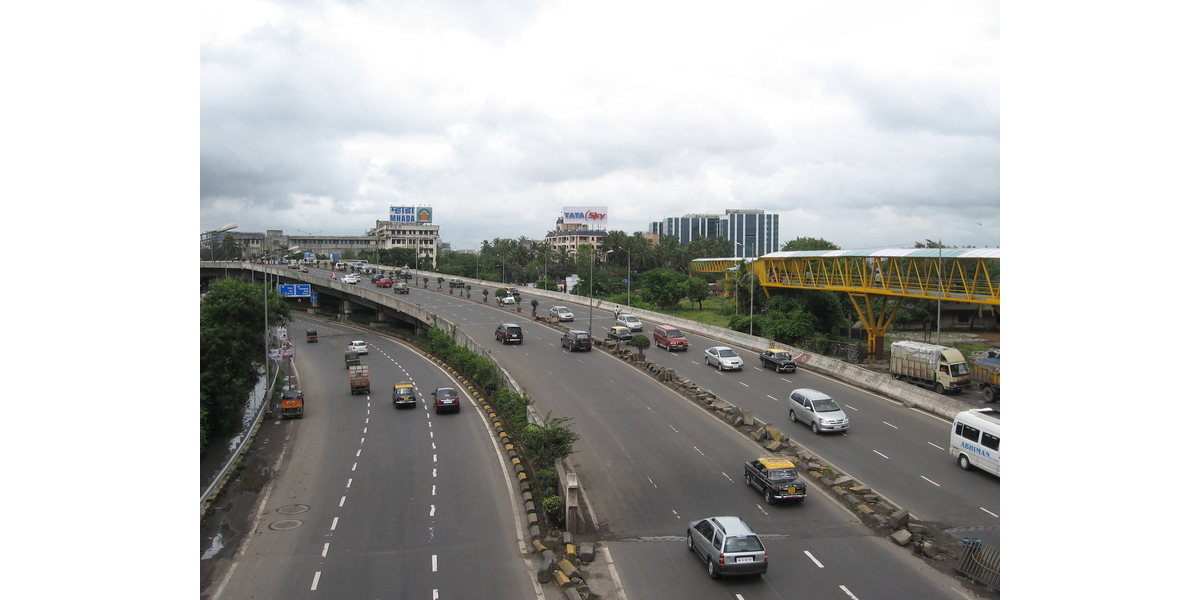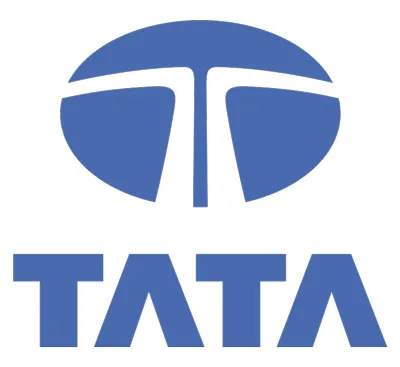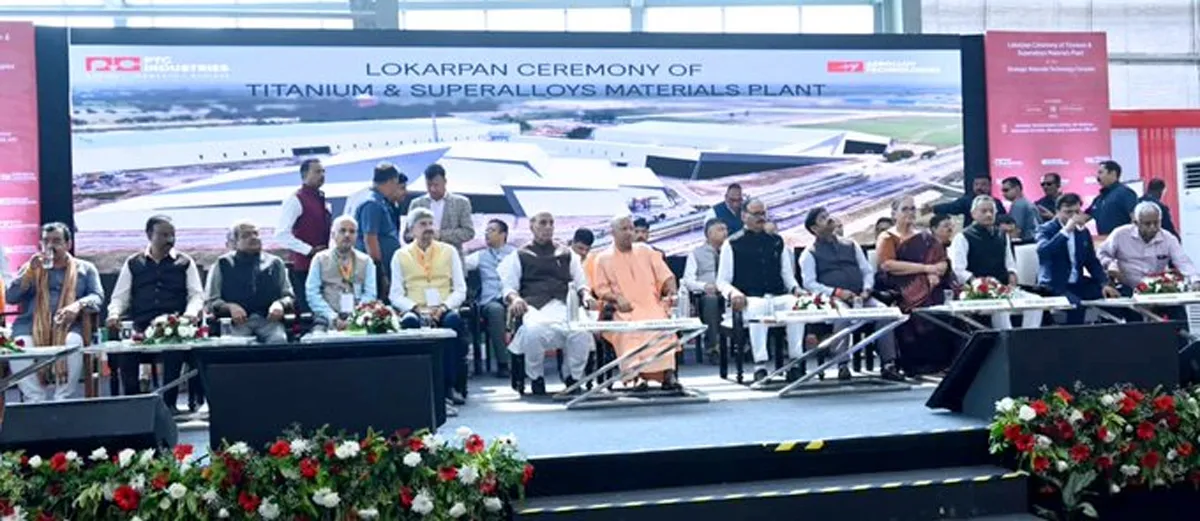Today, India is faced with the uphill task of reviving the economy and maintain investor
confidence while balancing social and welfare objectives in the aftermath of the ongoing
pandemic, which does not seem to have a sunset period as of now. Three significant
documents were released by the Central Government for achieving its ambitious target of
making India a US$ 5 trillion economy by 2024-25, first spoken about by Prime Minister
Narendra Modi in his Independence Day speech on August 15, 2019. These are the National
Infrastructure Pipeline (NIP) released on December 31, 2019; the Union Economic Survey
for FY 2019-20 released on January 31, 2020, and the Union Budget for FY 2020-21
presented to Parliament on February 1, 2020.
Upgrading infrastructure is key to India’s competitiveness as infrastructure creation will
boost short-term and potential GDP growth as well as generate employment and income. The
NIP envisaged an investment of Rs 102 lakh crore ($ 1.4 trillion) over the next five years to
achieve the silver lining of a $ 5 trillion economy by 2024-25. Such investment was
envisaged in sectors such as energy (24 per cent), roads (19 per cent), urban development (16
per cent), and railways (13 per cent) amounting to around 70 per cent of the projected capital
expenditure on infrastructure. Of the total expected capital expenditure, projects worth Rs
42.7 lakh crore (42 per cent) are under implementation and projects worth Rs 32.7 lakh crore
(32 per cent) are in the conceptualisation stage while the balance are under various stages of
development.
While the Government undertook proactive steps to implement the strategies and blueprint of
the NIP, since the end of March 2020 the pandemic has thrown a spanner in the works,
possibly calling for a relook at the ways and means to achieve the $ 5 trillion economy target.
COVID-19 has brought about disruptive changes in every aspect of the economy around the
globe and India is no exception. Lack of investor confidence, liquidity crunch and rapidly
evolving policies and framework to maintain the socioeconomic balance call for a well
thought through and graded approach to overcome the challenges posed by the slowdown in
the economy.
Eight months into the pandemic, with the economy gradually opening up, the time is perhaps
ripe for the Government to take corrective measures to realign its fiscal and economic
policies for the forthcoming years while improving the flow of liquidity to stakeholders but
also, in parallel, building the blocks for a circular and green economy based on policies with
a predictable implementation path. India’s resilience ought to become its USP to overcome
the present slowdown, Atmanirbhar Bharat being a case in point.
The Government is increasingly looking to partner with the private sector, for which effective
coworking models need to be devised. Solutions have to be found for the issue of financing
infrastructure, which is one of the formidable ways to boost the economy. Obtaining ready
and cheap financing is key to scaling up infrastructure. However, the banking sector is still to
fully recover from the stress caused by multiple non-performing assets further exacerbated by
the economic effect of the pandemic, resulting in a liquidity crunch and limiting the
availability of credit.
India needs structural reforms, including new laws and policies that will play a pivotal role in
its infrastructure growth. To capitalise on the potential of the NIP despite the slowdown
caused by the pandemic, it is imperative to identify the ways and means to best use this
opportunity for infrastructure growth. High government spending in infrastructure energises
demand in other sectors and will lead to more fund flows to various sectors, besides creating
valuable assets.
Some key issues faced by the economy are higher costs (including time and cost overruns),
lower revenues and greater financing costs, including the impact of adverse foreign exchange
rate variation on debts, which squeeze corporate cash flow leading to debt servicing
problems. To cushion the impact on the overall economy, public investment has been stepped
up considerably, but this has still not been sufficient to prevent a fall in overall investment.
The upsurge in FDI is mostly restricted to brownfield operating assets rather than new
greenfield investments. Public investment needs to be supported ably by private investment
and possible upscaling of PPPs in roads, transmission, rail, renewables, airports, urban
infrastructure and telecom to reach the ambitious target set in the Union Budget.
What is needed is an overall rehaul of the investment dynamics in the country with a renewed
vigour for both public and private-sector players with a new PPP law. Fiscal incentives need
to be managed with the right mix of public, private and PPP models for efficient asset
monetisation coupled with structural sectoral reforms. Relying exclusively on public
investment to kickstart the investment cycle may not be sufficient owing to the magnitude of
funds required; hence, a viable mix of these models is imperative for growth. Capacity
creation should be encouraged with new policies and incentives coupled with measures to
resolve regulatory bottlenecks: ensure greater transparency and accountability, ease land
acquisition norms, streamline consents and clearances and ensure reasonable return on
investment.
The question, then, clearly is: Will the NIP achieve its desired objective to catapult India’s
position as a global player or will the aftereffects of the slowdown caused by the pandemic
get the better of the Government?
About the Authors: Vishnu Sudarsan, Partner, J Sagar Associates
Vishnu’s practice covers diverse areas of Corporate Commercial and Regulatory & Policy.
He focuses on advising clients across different verticals viz, Energy (Power),
Communications (Telecommunications & Broadcasting), Transport (Surface Transport
including Railways & Metro systems), and Urban Infrastructure. In these verticals, he advises
clients on multiple issues such as construction, engineering, infrastructure specialty
contracting, public procurement and public private partnerships
Akshat Jain, Partner, J Sagar Associates
Akshat specializes in handling sector specific commercial litigation and his primary focus
area is regulatory proceedings before statutory authorities, tribunals and courts, commercial
litigation, and Constitutional & Administrative law litigation with focus on energy sector. He
handles varied aspects of legal, regulatory and policy issues and is regularly consulted on
tariff disputes, open access and captive generating plant issues, disputes relating to force
majeure and change in law, transmission and distribution related issues, trading, challenging
sub-ordinate legislations/ bye-laws and other disputes relating to energy sector, renewable
purchase obligations, EPC disputes.




















